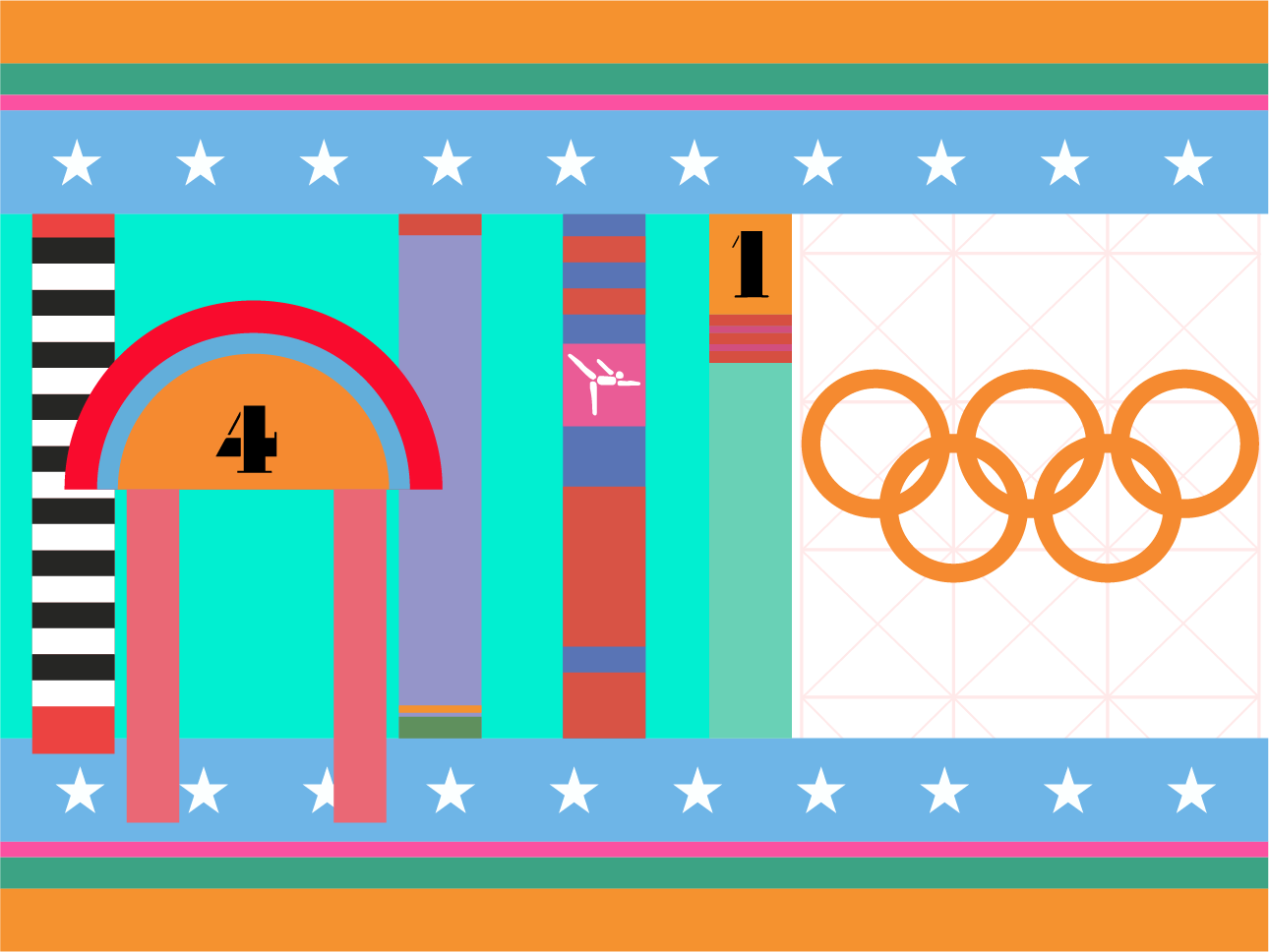
- This event has passed.
LA Plays Itself
August 29, 2018 @ 6:00 pm - 8:00 pm PDT
Free – $15.00
LA Plays Itself: Visualizing Urban Design for the 2028 Olympics & Paralympics
The 2028 Summer Olympics and Paralympics will stretch across a huge geographic area—Long Beach to Encino, Inglewood to North Hollywood, Malibu to San Dimas—bringing over a million spectators, athletes, and volunteers to thousands of communities in between. Developing a coherent visual identity for this multi-sport event will require expansive thinking by designers who can anticipate broad applications and interventions. It is also an opportunity for many voices and visions of LA to be reflected in the temporal streetscapes of the Olympics and be an outward-focused celebration of diverse creative visions. This panel will explore previous examples of visual identity design for the Olympics, how LA 2028 might be different, how designers and artists could be enlisted for citywide supergraphic interventions—like bus wraps, painted sidewalks, building facades, temporary structures—and how local community groups could create their own installations and streetscapes to make LA’s hundreds of neighborhoods feel like they’re part of the action, as well as, to show the world the amazing diversity of LA’s neighboring communities.
Check out Curbed’s series what LA can learn from the 1984 Games.
Speakers Include:
- Barbara Bestor, FAIA – Founding Principal, Bestor Architecture
- Danielle Brazell – General Manager, City of Los Angeles Department of Cultural Affairs
- Geoff McFetridge – Artist, Champion Don’t Stop
- Carolina Miranda – Staff Writer, Los Angeles Times
- Alissa Walker – Urbanism Editor, Curbed
Barbara Bestor, FAIA – Founding Principal, Bestor Architecture
Barbara’s career is punctuated with inventive projects in a wide breadth of typologies. She has designed new ways of creating accessible urbanism in her “stealthy density” Blackbirds housing, groundbreaking retail and restaurant flagships, dynamic workspaces for Beats By Dre and Snap, award-winning experimental residences and pioneering arts projects that are deeply rooted in their communities and cultural context.
While maintaining a practice, Barbara has continuously taught at Southern California’s leading design schools from SCI-Arc to Woodbury University, where she is currently the executive director of the Julius Shulman Institute. She received her undergraduate degree at Harvard University, studied at the Architecture Association in London and received a MARCH at SCI-Arc. She is the author of Bohemian Modern, Living in Silver Lake.
Danielle Brazell – General Manager, City of Los Angeles Department of Cultural Affairs
Geoff McFetridge – Artist, Champion Don’t Stop
Carolina Miranda – Staff Writer, Los Angeles Times
Carolina A. Miranda is a Los Angeles Times staff writer covering a wide gamut of culture, including visual art, architecture and film, not to mention performance art cabaret divas. Her work often looks at how art intersects with politics, gender and race — from the ways in which artists are tackling the U.S.-Mexico border to the ways in which art intersects with development and gentrification. She is a regular contributor to KCRW’s “Press Play” and was a winner of the 2017 Rabkin Prize in Visual Arts Journalism.
Alissa Walker – Urbanism Editor, Curbed
Alissa Walker connects people with where they live through writing, speaking, and walking. As the urbanism editor at Curbed, she authors the column Word on the Street, highlighting the pioneering transit, clever civic design, and game-changing policy affecting our cities.
Alissa has been named a USC Annenberg/Getty Arts Journalism Fellow for her writing on design and urbanism, Journalist of the Year by Streetsblog Los Angeles, and in 2015 received the Design Advocate award from the LA chapter of the American Institute of Architects. She is also the co-founder of design east of La Brea, a nonprofit that has received two National Endowment for the Arts grants supporting its LA design events.
Alissa lives in Los Angeles, where she is a mom to the city’s two most enthusiastic public transit riders.

NOTES:
Take-aways included:
1. Identify and connect with other organizations to collaborate with multi-disciplinary partners.
2. Place emphasis on connecting deeper with social justice groups and community-based organizations.
3. Utilize technological innovations to improve the procurement and project delivery process, so that it increases the opportunity for smaller firms to serve as prime contractors.
4. Expand the focus of ‘preparing for the olympics’ to also involve improving the connective tissue of the city so that the improvements last well beyond the Olympics.
5. Establish goals and metrics to achieve a lower carbon footprint and strive for a Zero-Net Energy Olympics and beyond.
6. In the spirit of inclusion: when we refer to the Olympics, we should also expand the discussion to talk about the Paralympics and adaptive sports.







